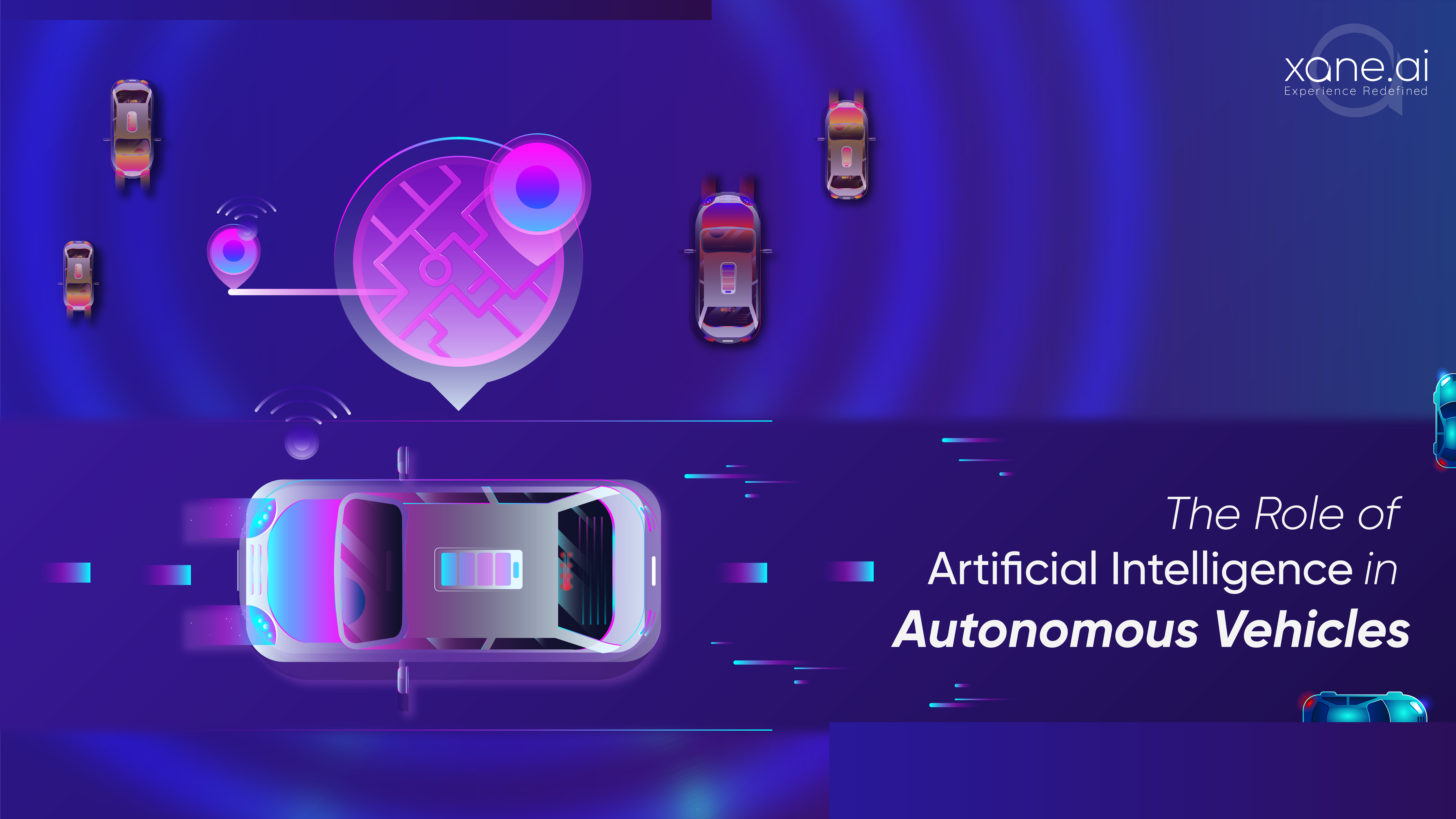
13 Jul The Role of Artificial Intelligence in Autonomous Vehicles
Blog by Oluwasegun Oke
Since the 1950s, artificial intelligence has forged a solid foundation for a more convenient way of performing repetitive tasks and processing cognitive functions, with limited human interventions, increased accuracy, speed, and precision. And as the last century unfolded, it has grown in status and has shown great promises to lead mass adoption, in the wake of unending campaigns for better-performing autonomous vehicles.
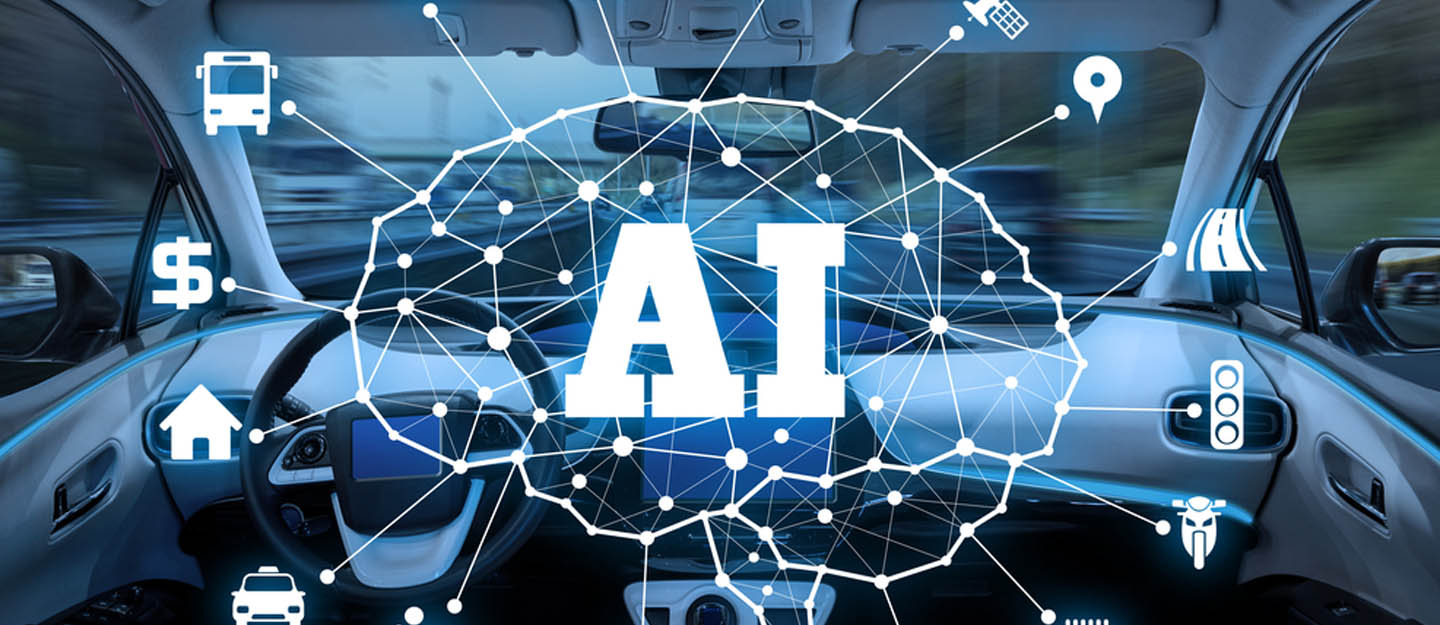
This has in many ways helped captured the hearts of critics whose interests have shifted many times over, and significantly, amid unresolved challenges. And while the much-needed answers still lie in the deployment of a variety of fields, like deep learning, artificial intelligence, machine learning, AI perception technology, computer vision, sensor fusion, localization, path planning, among other vital components.
Present efforts are far from attaining the envisaged milestone, to a more secure and reliable autonomous transportation solution for consumers, manufacturers, regulatory bodies, and other stakeholders, who are constantly looking out if there is a fit.
Even with the huge amount of data, AI is capable of collecting, analysing, and deploying in AV systems, moral cards are still on the table, preventing it from being given a thumbs-up by a large percentage of our population, as a recent survey clearly showed.
Moreso, efforts are ongoing and at top speed from the infrastructural point of view of several artificial general intelligence pioneering institutions. It is, therefore a matter of time before another milestone is over us, with a new generation of better conceived, developed, faster, and accurate self-driving vehicles.
And in this blog, we will project the idea of having a higher number of autonomous vehicles in major cities, while also elaborating on what is currently missing to drastically reverse the current trend of over 1.2 million accidents on the highway globally.
AI Applications in Autonomous Vehicles
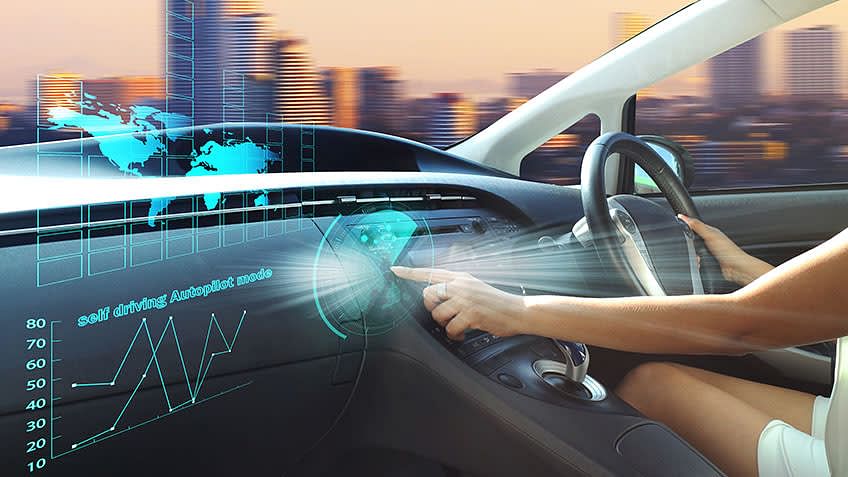
Its functionality is centered around being able to sense any road network and respond appropriately to impediments, in the form of implementing the right decision-making process. In this context, therefore, its efficiency is solely dependent on how assertive its decision architecture is, to analyse, detect, recognize, and avert danger using both new and regular road object images, like cyclists, cones, pedestrians, traffic patterns, road signs, board skaters, and more.
Next, we are taking a look at the three main applications of a typical autonomous vehicle.
Sensor Data Processing
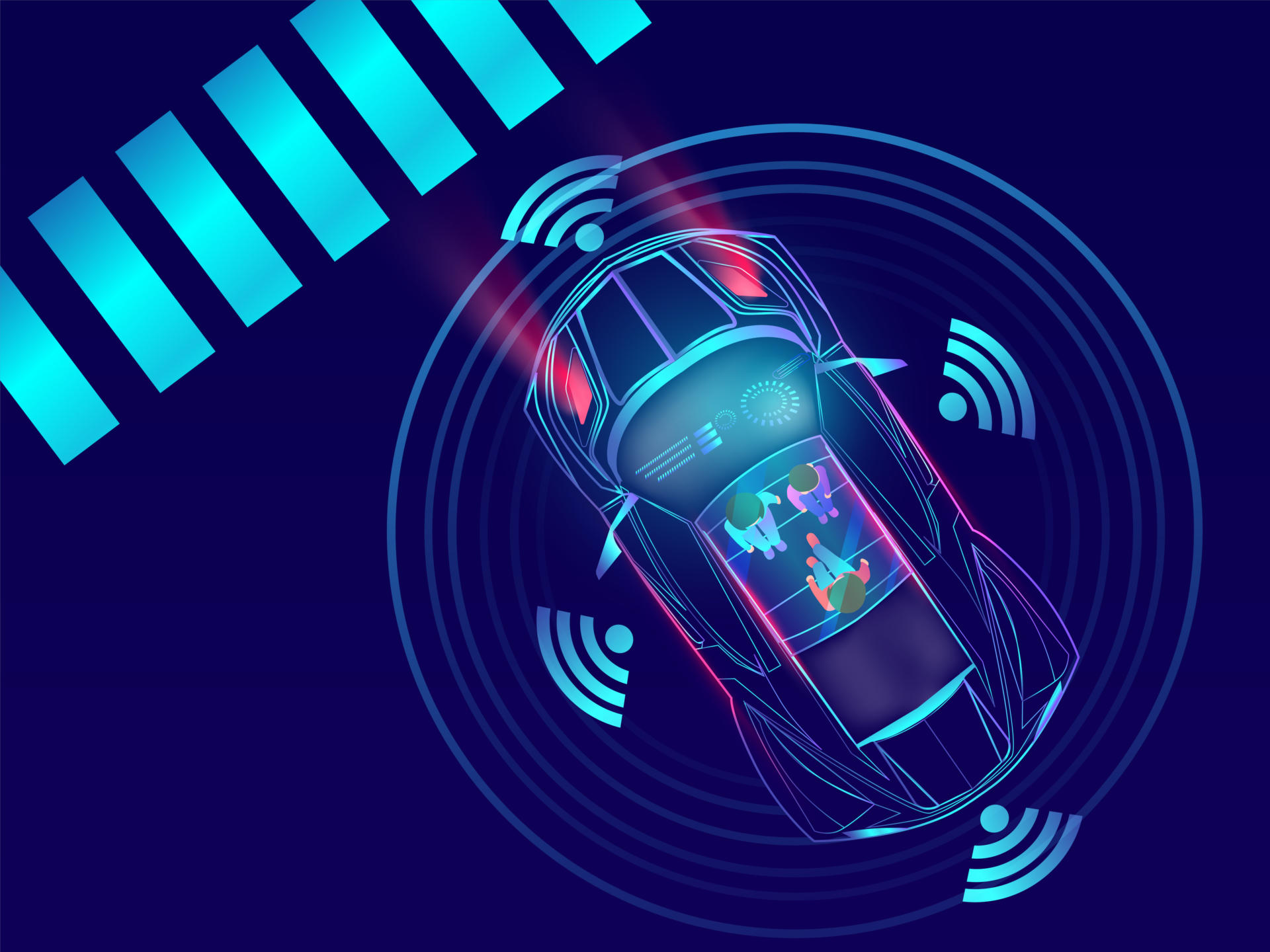
It is the first point of call, in that the last decisions of any AV are as good as this parameter making up its sensor data processing. Being a fundamental process of labelling objects as the vehicle closes in at any point on the road. However, the processing efficiency comes down to how smart its algorithms are, not to lag on purpose when the vehicle needs vital information. Allowing for real-time usage of interconnected reception of high streams of road path data. If this vital functionality is found to be absent to a great degree in any AV, incoming interpretations are cut off, and misconceived while in motion, hence creating a biased version of the real-life scenario being faced at the time.
So, to get things in the right order, artificial neural networks can help give the multi-dimensions of multiple objects as perceived and understood, even ahead of the immediate environment. Because data processing in sensors has the power to discern any altered object images, as a result of any reason, to a greater degree than an average human eye. As it is built to deploy a superior mimicry of human-like brain neurons, each consisting of different layers of algorithm networks, with a considerable amount of interlocking nodes hinged in specific confluences, to offer a unique and superior computer vision algorithmic solution.
Path Planning
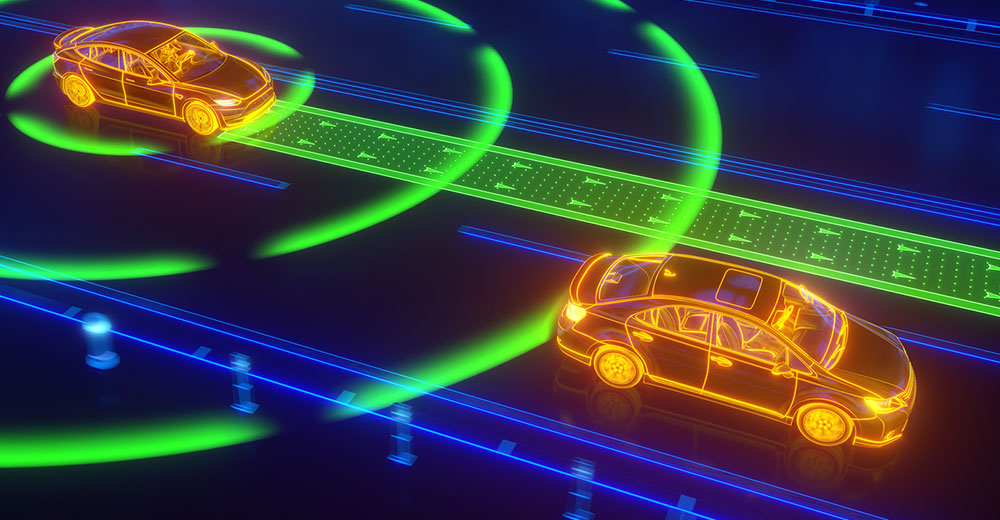
It is a terminology used in defining the ability of an AV to pre-scanned and predict the pathways of yet-to-be-reached destinations using its vast resources of data collation, while making sure that every passenger onboard enjoys the safest, most traffic-free and in many cases most economically viable driving experience. So, in all, smart algorithms are at work to implement this context, thereby ensuring that no delays or fatigue is experienced throughout the journey.
Path Execution

It defines each moment a decision is taken to switch lanes, accelerate, implement parking commands, and prevent collisions, among others. This is made possible for a specified direction as prompted by certain vital components of a self-driving vehicle, known as object-detecting algorithms. As they ensure every already stored pathway, road sign, pedestrian pattern, and weather condition are seamlessly recognised in real-time to aid in prompt responses and conveyance of critical communications within the associated sensors on the vehicle.
A concept which is only baseless or insignificant where a test is underway to fully comprehend how an AV react in an unfamiliar environment. The end result leads to the unpredictable nature of UVs, and the poor decision-making it can have, due to lack of record and oversights of dimness, to fully come to terms with the features of its immediate location.
Benefits of Autonomous Vehicles
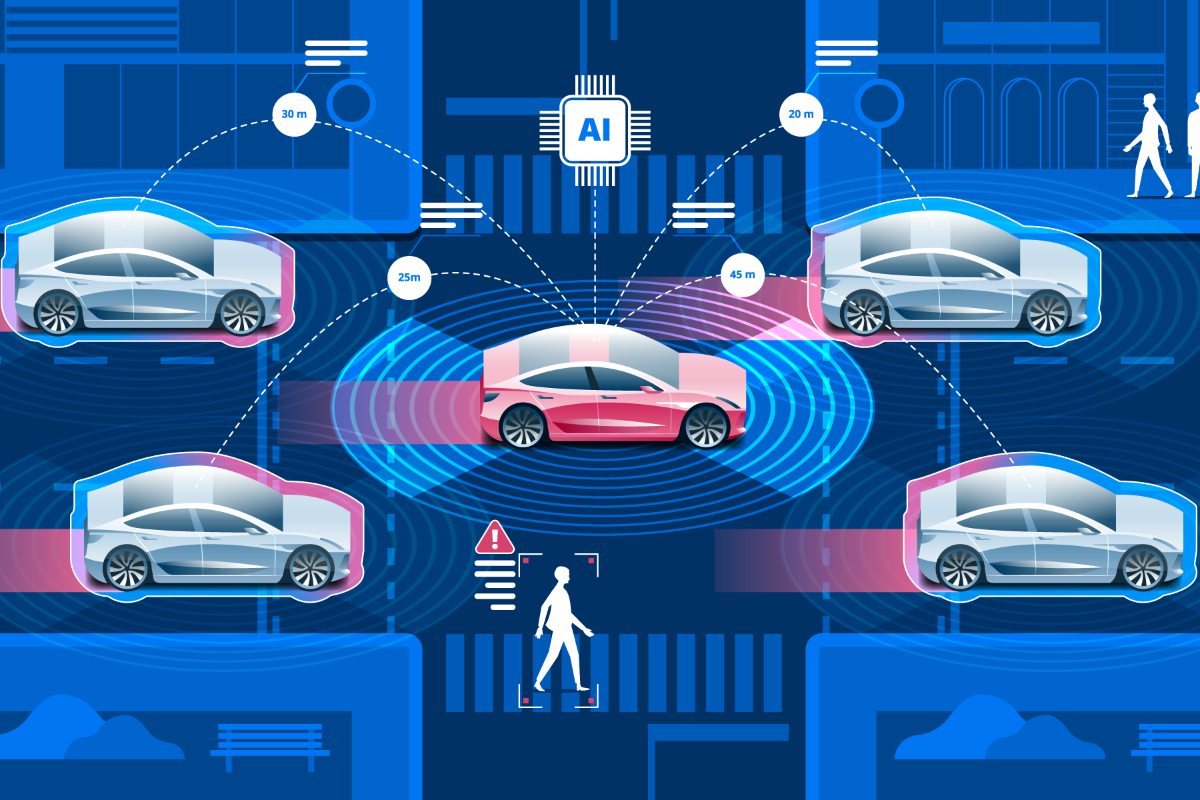
The complex nature of key components and the inevitable challenges of discerning every detail of a new environment have made the idea of mass-adopting self-driving cars a myth to many stakeholders. We cannot however look down on its vast potential and promises, with giant strides levelled in the past to keep its mass usage alive, as depicted in a robust and all-encompassing way from science fiction perspectives.
And in view of this, there are profound benefits of choosing an autonomous vehicle over its counterpart, and the reasons are not far-fetched.
Algorithm for Detection
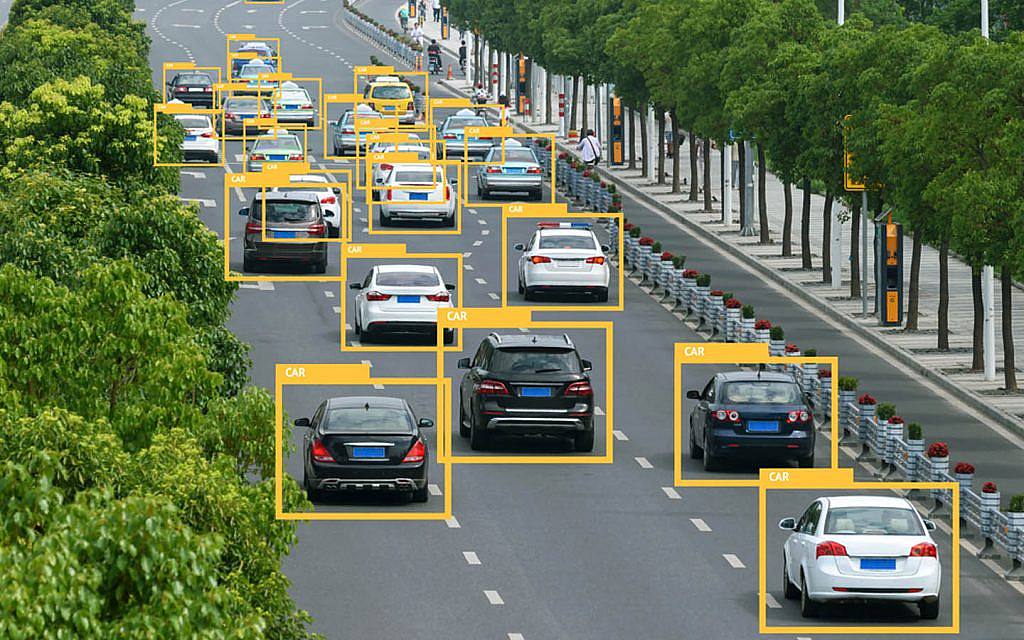
One of the prominent features in a typical self-driving vehicle is having full awareness of not just incoming traffic patterns, while in motion, but it is as well familiar with patterns embedded in its sensor fusion for easy navigation of its environment, through implementing for instance braking, uniform accelerating, lane changing, windscreen cleaning, temperature adjustment, and so on.
Smart sensor algorithms from AI and machine learning capabilities give it this performance to sense and avert danger far ahead of time, even in a split of a second. A feat that also offers it a slight advantage over non-autonomous ones. Because it is so equipped to sense and prevent cases of accidents from even 274 metres away.
The Introduction of Autopilots

Autopilots are a key component of any AV and it is an element that enables smart sensor-based algorithms to make wise and informed decisions, which makes the idea of transforming the overall transportation system cheaper, fuel effective, and relatively free of accidents. Moreso, advanced AI perception technology is now able to analyse the most difficult terrains, including weather conditions, and provide real-time support to passengers.
Features Enhanced by AI

Autonomous vehicles are increasingly being heavily equipped with modern and sophisticated features, making them a go-to choice among car enthusiasts. For instance, some models do help promote good driving habits, as sensors are constantly picking up trends to help study and collate data for good driving patterns, to facilitate improved passenger experience.
Mimicking at the right time everything that makes a typical driver feels good and comfortable, and these factors include paying close attention to traffic, rating drivers’ skills to replicate the best, while on the road, adjusting driving speed and temperature, as at when due, understanding different driving moods, and opting for drivers’ favourite radio stations at all times.
The Challenges Behind the Idea of Adopting Autonomous Vehicles
With all the seemingly unique attributes of an autonomous vehicle and its expected contributions to the widely acclaimed futuristic economic prosperity, social balance, positive market disruptions, and technological advancements. It is still not without certain limitations, biases, and multi-complex awakening. So in the next section, we want to make a thorough statement on the reasons why votes are always high against mass-producing AVs.
- Self-driving vehicles are prone to unpredictability if the environment is altered by rain, fog, and or snow for instance, as these settings distort their perceptions of regular road objects, as stored in all censors.
- Some Self-driving vehicles deploy untested maps while on the road. It amounts to lack of tested maps, built and maintained, that every autonomous vehicle can connect to for real-time information recognition, and navigation to different destinations. A massive failure in today’s scheme of things. This is because not all maps have been developed in great detail, even in most developed nations.
- Among the navigational illusions some self-driving vehicles are still plagued with, is travelling in the direction of metal posts and roadside boulders, crossing double yellow lines, not observing cars around, and also heading toward oncoming traffic.
- It presents and encourages a very robotic setting which fails to fully collaborate and explore the emotions or sentiments of other road users, like pedestrians, drivers, and cyclists. Because today’s AI-powered machines currently lack the general ability to spontaneously socialize, increase understanding, and ease tension on the road.
- Also, autopilot technology is known to become increasingly unreliable during dark hours. Besides often failing to recognize cones put on the road to divert traffic, and emergency vehicles heading against traffic. In addition to not even recognizing flashing lights yet.
- Also, in the event of a cyber attack, autonomous vehicles fall apart completely, losing all predictive capabilities in the process, due to corrupted working mechanisms, thereby causing unwanted casualties on the road.
- It is also said that one of the most revered AV models often collide with objects and vehicles from time to time, because of its one second of inactivity on the road.
AV’s Future Prospects
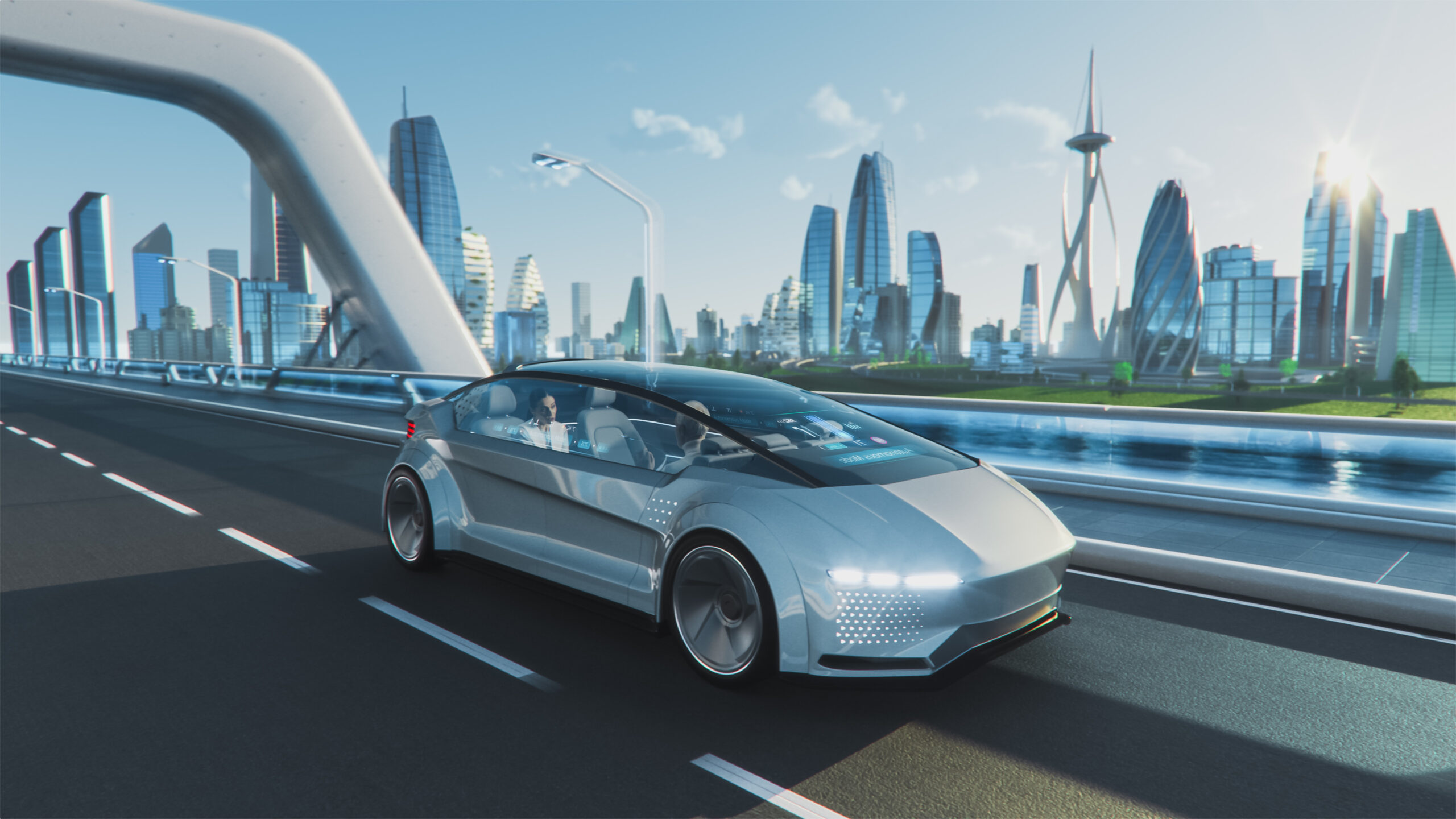
Even though every indicator points at a somewhat fading challenging and unpredictability for the brittle ends posed by turned out models. However, leading autonomous vehicle brands are changing the perspectives, and pushing boundaries with cutting-edge technologies, and innovations, to bridge the gap, to produce better performing AI conversational models, with increased safety for humanities, and also ridden of any form of biases.
This will in turn promote transparency to overturn its myriads of negative reviews, and most importantly for communication between AVs and road users to be established.

